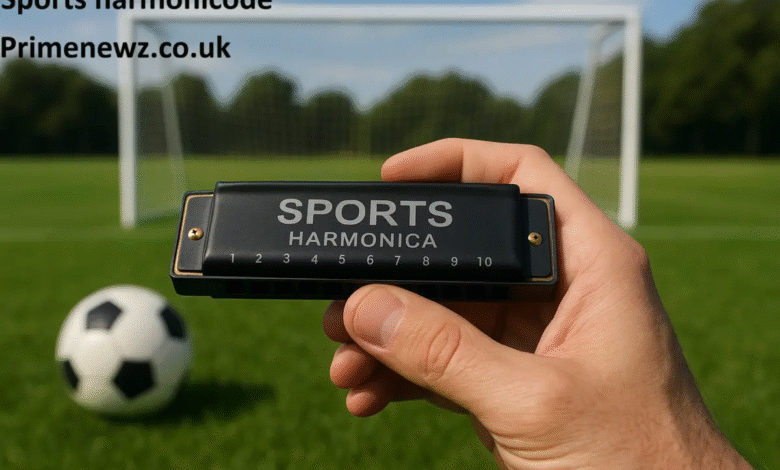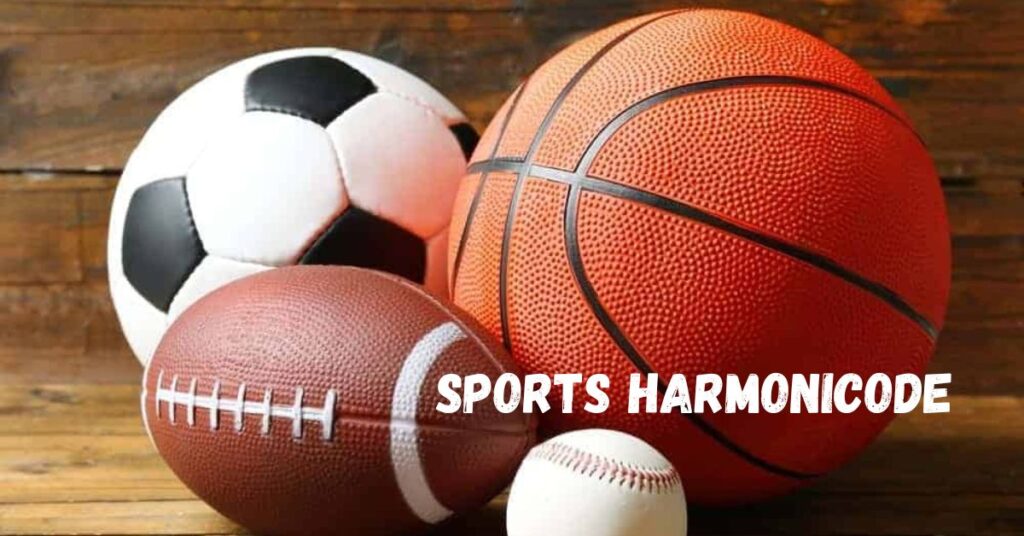Sports Harmonicode: Unlocking the Hidden Patterns That Power Modern Athletic Performance

The world of athletics is Sports Harmonicode experiencing a revolutionary transformation through the integration of pattern recognition and mathematical modeling. Sports harmonicode represents the emerging science of identifying and analyzing the rhythmic patterns, biomechanical sequences, and performance codes that underpin athletic excellence. This interdisciplinary approach combines data analytics, biomechanics, and sports science to decode the hidden formulas behind peak performance.
Understanding the Science Behind Sports Harmonicode
At its core, sports harmonicode examines the mathematical relationships between movement patterns, energy expenditure, and performance outcomes. Elite athletes don’t just move randomly—their bodies follow specific rhythmic sequences that maximize efficiency and power output. Researchers have discovered that successful athletic movements contain harmonic patterns similar to musical compositions, with repeating motifs that can be measured, analyzed, and optimized.
Modern motion capture technology allows sports scientists to break down complex athletic movements into precise data points. By analyzing thousands of repetitions, they identify the optimal angles, timing sequences, and force applications that separate world-class performers from average athletes. This quantitative approach transforms intuitive coaching into evidence-based training methodologies.
Pattern Recognition in Different Sports
Basketball players demonstrate harmonicode principles through their shooting mechanics, where successful free throws share remarkably consistent release angles and follow-through patterns. Studies show that elite shooters maintain rhythm patterns in their pre-shot routines that activate muscle memory and improve consistency. Similarly, baseball pitchers exhibit harmonic sequences in their wind-up and delivery that maximize velocity while minimizing injury risk.
In track and field, sprinters display distinct cadence patterns that optimize ground contact time and stride frequency. The world’s fastest runners maintain specific rhythmic ratios between their steps that can be mathematically modeled. Swimming provides another clear example, where stroke rates and breathing patterns follow harmonic sequences that reduce drag and conserve energy over long distances.
Practical Applications for Athletes and Coaches

Understanding sports harmonicode principles enables coaches to develop more effective training programs. By identifying an athlete’s natural movement patterns and comparing them against optimal models, coaches can make targeted adjustments that yield significant performance improvements. This approach reduces the guesswork in athletic development and creates personalized training pathways.
Wearable technology now makes harmonicode analysis accessible beyond elite sports programs. Sensors can track movement patterns during training sessions, providing real-time feedback about rhythm disruptions or inefficiencies. Athletes can visualize their performance patterns and understand exactly where improvements are needed, accelerating the learning process dramatically.
The Future of Performance Optimization
The integration of artificial intelligence with sports harmonicode is opening unprecedented possibilities for athletic development. Machine learning algorithms can now predict injury risks by detecting subtle deviations from optimal movement patterns before problems become apparent. This predictive capability could revolutionize sports medicine and extend athletic careers.
As our understanding of sports harmonicode deepens, we’re discovering that the boundary between art and science in athletics is thinner than previously imagined. The most successful athletes intuitively tap into these harmonic patterns, but now this knowledge can be systematically taught and refined. The future of sports performance lies in unlocking these hidden codes and making them accessible to athletes at every level, democratizing excellence through science.